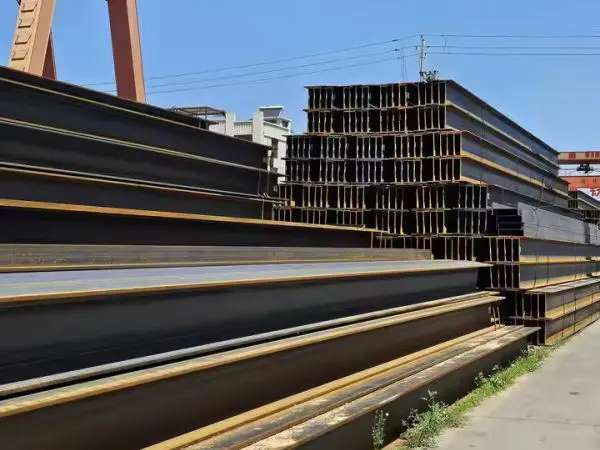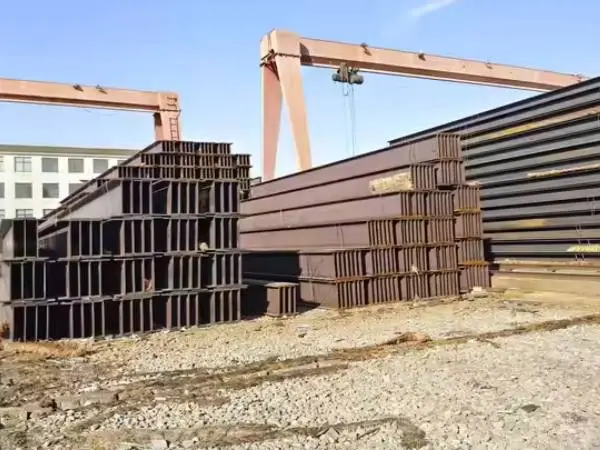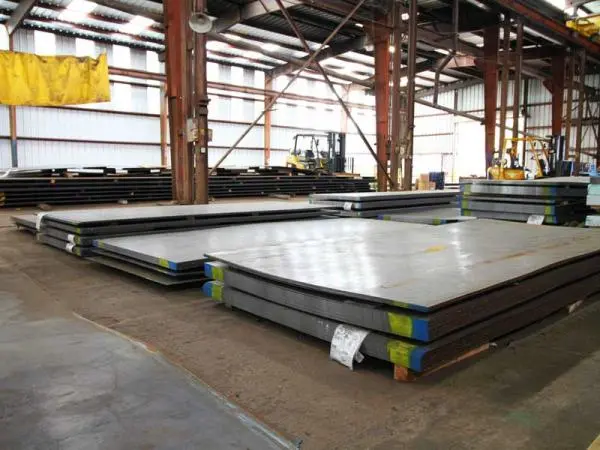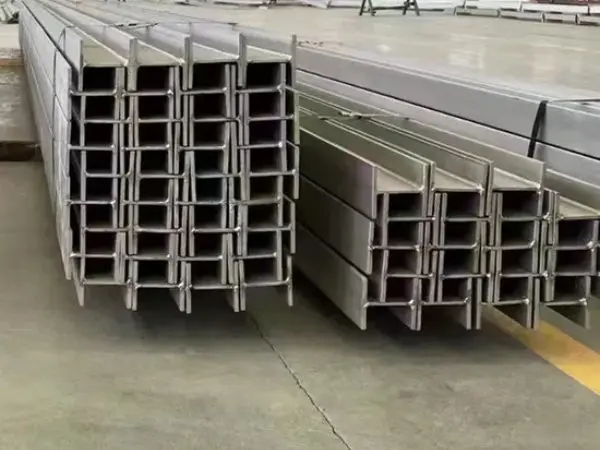- Phone0086 731 8564 8255
- E-mailsales@cscsteel-manufacturing.com
-

Carbon steel plates are iron-carbon alloy sheets with a carbon content ranging from 0.02% to 2.11%. Owing to their high strength, ease of processing, and cost-effectiveness, they have become a fundamental material in construction, manufacturing, and energy sectors. Based on production methods, carbon steel plates are generally categorized into hot-rolled and cold-rolled types. This article focuses on the hot rolling process and its key features.
Continental Steel Co., Ltd is professional carbon steel plate manufacturer, for more details, please contact:sales@cscsteel-manufacturing.com
Key Stages in the Hot Rolling Process
The hot rolling of carbon steel plates involves three critical stages: heating, rolling, and cooling.
1. Billet Heating
Steel slabs are heated in a walking beam furnace to temperatures between 1180°C and 1210°C, transforming their internal structure into uniform austenite. Simultaneously, high-pressure water descaling is applied to remove surface oxide scales, ensuring a clean surface for rolling.
2. Multi-Pass Rolling
The rolling process consists of two phases:
Rough Rolling: Reduces the heated slab’s thickness to 30–60 mm, creating a preliminary shape.
Finishing Rolling: Further reduces the slab to the final thickness range of 1.2–25.4 mm. During this stage, a computer-controlled system adjusts reduction ratios and bending forces in real-time to ensure precise plate shape and dimensional accuracy.
3. Laminar Cooling and Coiling
After rolling, the steel strip is cooled rapidly to 680–720°C using a laminar cooling system. This controlled cooling encourages the formation of a fine pearlite structure, enhancing mechanical properties. The cooled strip is then coiled and enters a slow-cooling phase (typically around 48 hours) to relieve internal stress and stabilize the microstructure.
Advantages of the Hot Rolling Process
Hot-rolled carbon steel plates offer several compelling advantages, making this process a mainstay in the steel industry:
• Performance Enhancement
Hot rolling leverages controlled rolling and cooling technologies to optimize material properties. By refining the pearlite lamellar spacing to ≤50μm, it achieves a desirable balance of strength and toughness. For instance, a typical Q235B hot-rolled plate boasts a yield strength ≥235 MPa and elongation ≥26%, suitable for various structural applications.
• Cost and Production Efficiency
Hot rolling is both energy-efficient and highly productive:
Energy consumption is up to 30% lower than cold rolling.
Material yield exceeds 95%, minimizing waste.
The process supports wide-format production (plate widths from 1000 mm to 1500 mm), meeting diverse market needs efficiently.
• Surface Quality Control
Surface finish is another strong point of hot rolling. With high-pressure water descaling, the descaling rate reaches 99%, effectively removing oxides. Surface roughness is maintained at Ra ≤6.3μm, allowing the plates to be directly used for coating, welding, and other processing tasks.
Common Applications of Carbon Steel Plates
1. Construction and Infrastructure
In civil engineering, carbon steel plates such as Q345B are widely used in bridge trusses, building frames, and structural supports.
Q355NH weathering steel, with added copper and phosphorus, offers over 15 years of outdoor durability, ideal for billboards, landscape features, and urban furnishings.
2. Automotive Manufacturing
Hot-rolled carbon steel plates are integral to automotive production. They are used in components requiring excellent formability, such as chassis longitudinal beams and wheel supports.
3. Energy and Power Equipment
Carbon steel plates also play a key role in the energy sector. Products like oil and gas pipelines and pressure vessels often utilize alloyed carbon steel with elements like Cr (Chromium) and Ni (Nickel) for enhanced corrosion resistance.
Conclusion
Hot-rolled carbon steel plates offer a well-balanced combination of strength, ductility, and economic value, making them indispensable in industrial applications. As green manufacturing technologies evolve, hot-rolled plates are poised to advance further in strength, corrosion resistance, and intelligent processing, continuing to support infrastructure and high-performance equipment across industries.




